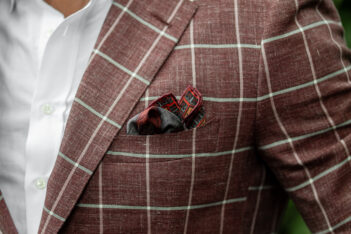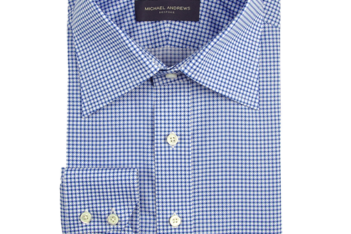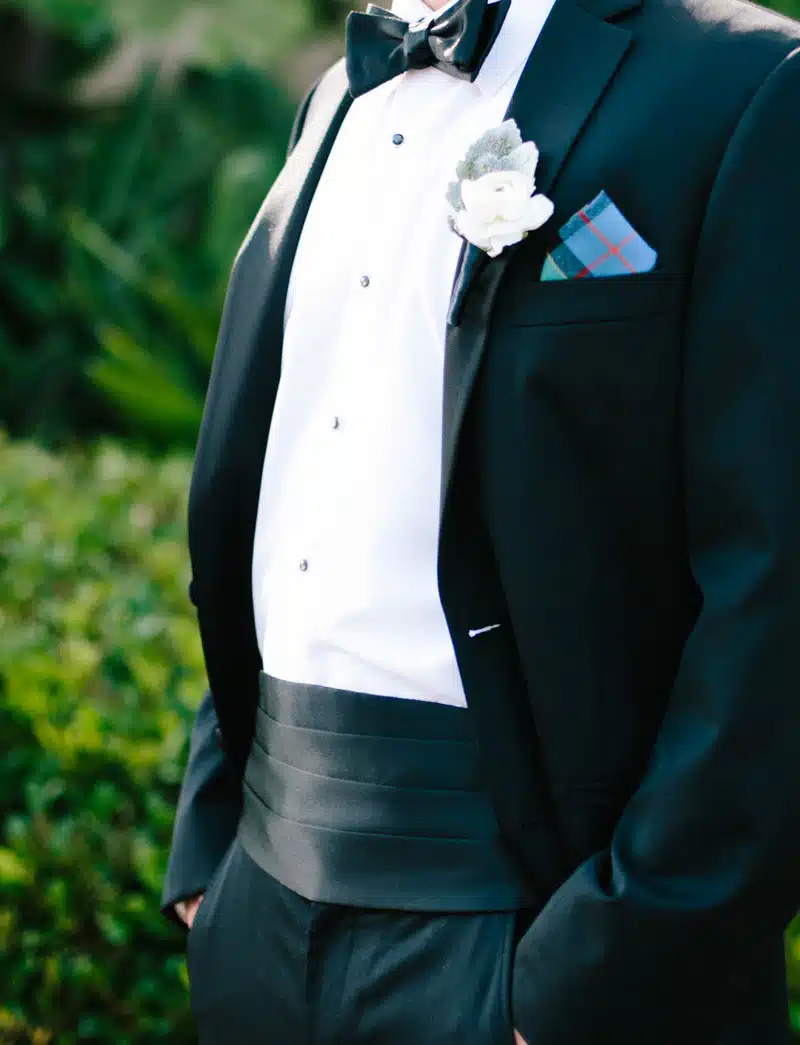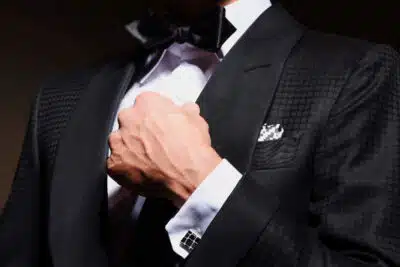While vests are experiencing a renewed period of popularity, cummerbunds are largely considered the traditional waist coverings for black tie attire in the costume that evolved in the early 20th century. This is when the tailless tuxedo that we now know was transitioned from fairly relaxed evening dress into formal dining attire among the social elite in Tuxedo Park, NY.
It should be noted that while the dictionary will show cumberbund as an acceptable alternative spelling, cummerbund is the preferred way to spell this accessory, which dates back to an appropriated cultural style in India around 1850. Due to the sweltering temperatures, British military personnel stationed in those colonies took to wearing sashes similar to the locals’ kamarbands (kamar meaning waist) with their formal dinner wear, in lieu of waistcoats.
WHICH SHOULD YOU CHOOSE?
The answer depends on your body style and, of course, personal preference. When worn correctly, cummerbunds tend to make men look taller, with a thinner waist. Vests are also strong options for robust gentlemen. Much like the British stationed in India, you might also consider the temperature of your formal event when making your dressing decision. Cummerbunds are — literally — a cooler option.













